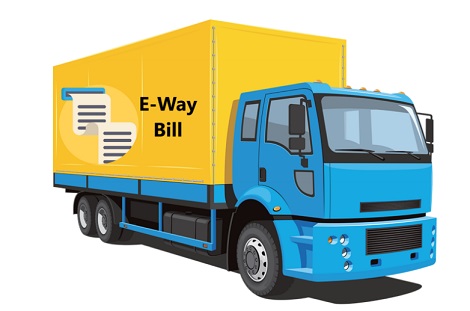The key difference between Section 9(3) and Section 9(4) of the Central Goods and Services Tax (CGST) Act, 2017
In the context of GST, Reverse Charge Mechanism (RCM) is indeed a key concept. It shifts the liability to pay tax from the supplier to the recipient of goods or services, under specific conditions.
Here is the differentiation between the sections 9(3) & 9(4):
| Aspect | Section 9(3) | Section 9(4) |
|---|---|---|
| Application | Specific categories of supply of goods or services or both | Specific class of registered persons receiving goods/services from unregistered suppliers |
| Notification | Government notifies specific categories of supplies on the recommendation of the Council | Government notifies specific classes of registered persons on the recommendation of the Council |
| Supplier’s Registration Status | Can be either registered or unregistered | Applies only when the supplier is unregistered |
| Recipient’s Status | Any recipient of notified supplies | Specific class of registered persons |
| Liability for Payment of Tax | The recipient is liable to pay GST under reverse charge | The recipient is liable to pay GST under reverse charge |
| Goods/Services Involved | Applies to notified categories of supplies | Applies to specified categories of unregistered suppliers |
| Objective | To ensure tax is collected on certain notified supplies regardless of supplier status | To ensure tax is collected when registered persons buy from unregistered suppliers |
List of Goods & Services falling under RCM u/s 9(3):
List
List


